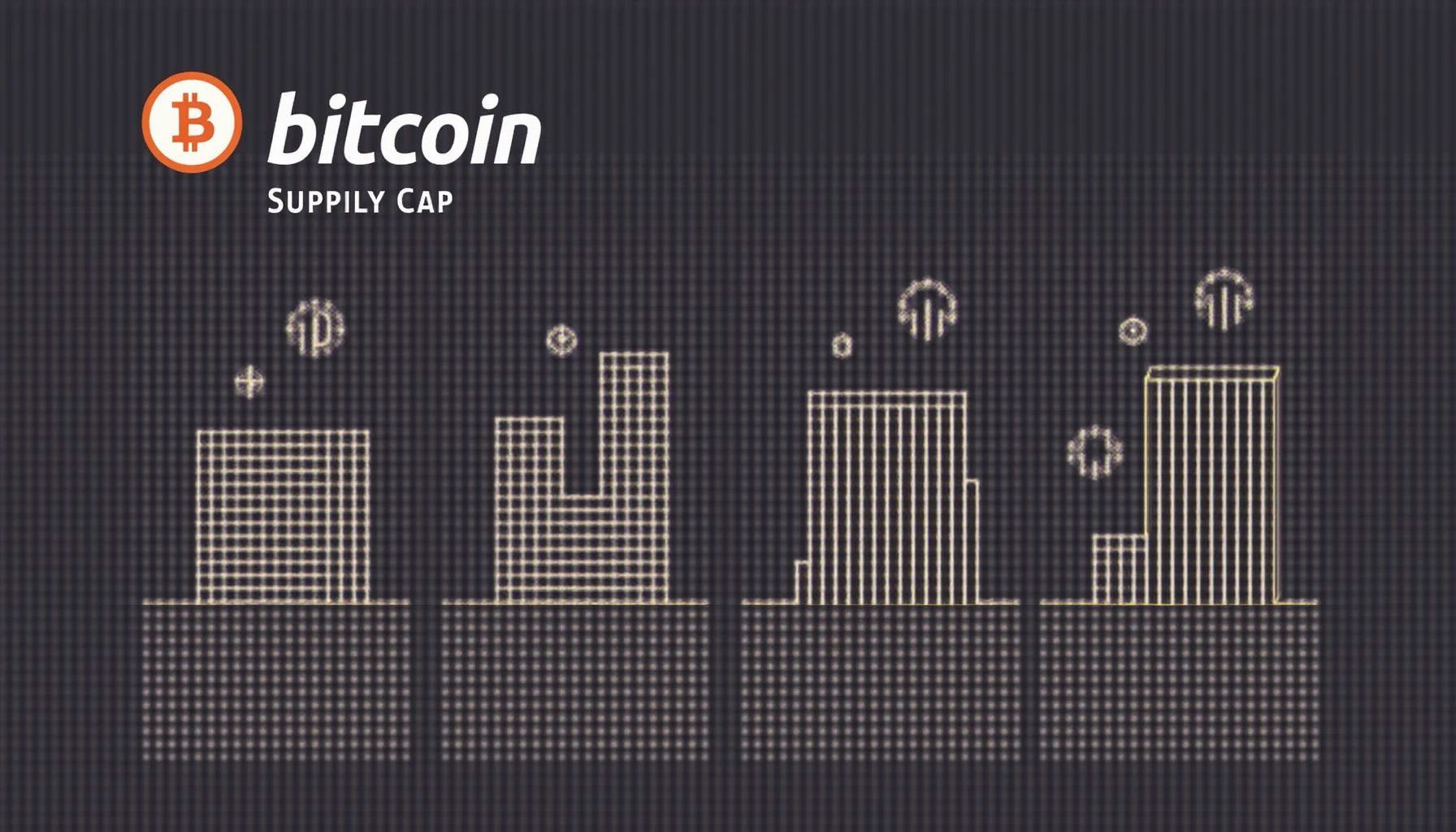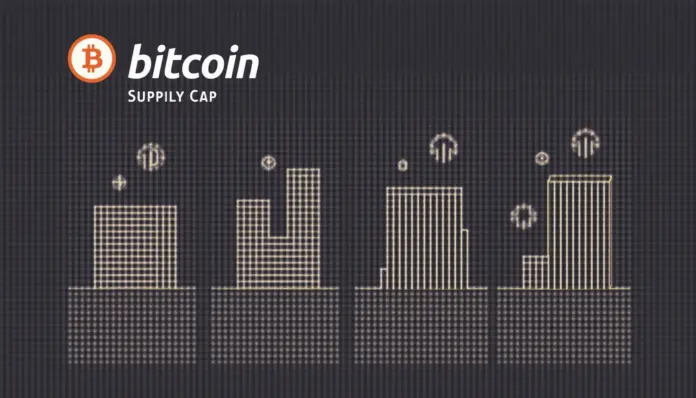Introduction
Have you ever wondered why Bitcoin, the leading cryptocurrency, has a supply cap of only 21 million? This figure often raises more questions than answers, especially for those new to the world of digital currencies. According to recent data, as of 2023, nearly 19 million Bitcoins have already been mined, leaving only a limited supply available. This scarcity could significantly impact Bitcoin’s value in the future.
The Rationale Behind the 21 Million Limit
The decision to cap Bitcoin’s supply at 21 million was made by its pseudonymous creator, Satoshi Nakamoto. Here are the key reasons behind this groundbreaking choice:
- Scarcity: Similar to precious metals, limited supply can lead to increased perceived value. This scarcity mechanism can attract more investors, resembling commodities like gold.
- Inflation Control: A finite supply helps combat inflation, a common issue with traditional fiat currencies. By limiting Bitcoin’s availability, its value could potentially increase over time instead of decreasing.
- Predictability: Bitcoin’s issuance schedule and supply cap create a predictable environment for investors, allowing them to better plan their financial strategies.
How Supply Cap Influences Market Sentiment
The current market sentiment often hinges on the perception of Bitcoin’s scarcity. A finite supply can lead to explosive price growth in the face of increasing demand. In 2021, as institutional investors began to enter the crypto market, Bitcoin’s price surged by nearly 700% in a single year. This dramatic rise highlighted the importance of Bitcoin’s supply cap in maintaining its status as a valuable asset.

Comparing Bitcoin with Other Cryptocurrencies
Unlike Bitcoin, many altcoins do not have a supply cap, leading to concerns about inflation. For instance, Ethereum—one of the popular alternatives—does not have a predefined maximum supply. This difference in supply dynamics can impact the investment strategies of traders and long-term holders alike.
For instance: Coins with unlimited supply may experience significant inflationary pressures, driving their value down over time. If you’re considering investments, you might want to explore the most promising altcoins for 2025 to diversify your portfolio wisely.
Experts Weigh In on Bitcoin’s Future
Many financial experts believe Bitcoin’s limited supply gives it a unique edge in the digital currency market. According to a Chainalysis report from 2023, the trading volume for Bitcoin in Asia-Pacific regions has surged by 40%, emphasizing its growing importance.
Despite its volatility, Bitcoin’s supply cap offers a compelling feature that traditional assets cannot match. If you are looking into effective ways to invest in cryptocurrencies, understanding Bitcoin’s mechanics is essential.
Conclusion: What You Should Do Next
As we can see, Bitcoin’s 21 million supply cap is not just a figure; it is fundamental to its value proposition as a digital asset. Understanding these concepts can help you make informed decisions in your cryptocurrency investments.
Interested in exploring safer ways to store your digital assets? Think about researching secure wallet options or tools like the Ledger Nano X, which can reduce hacking risks by up to 70%. The future of Bitcoin looks bright, and staying informed is your best strategy.
For more insights into the world of cryptocurrencies, visit us at hibt.com.




